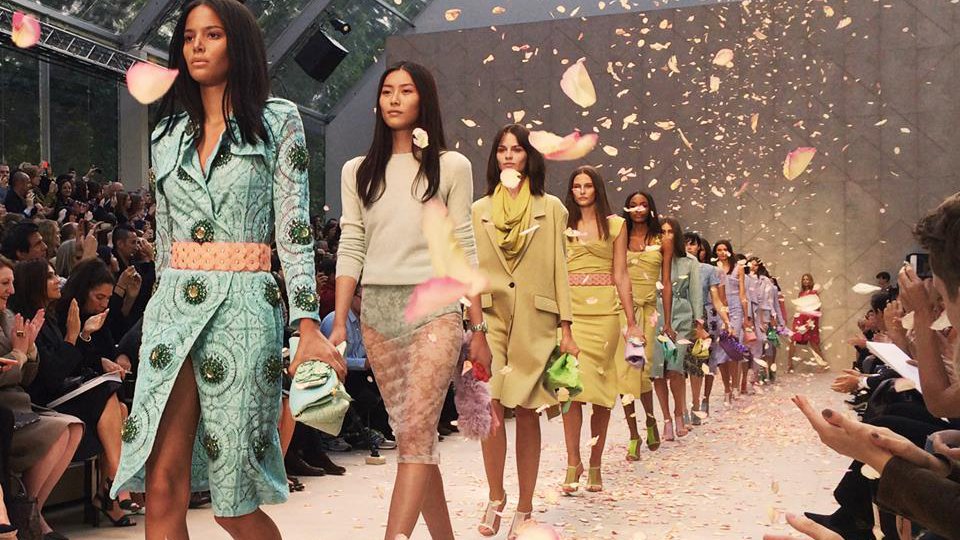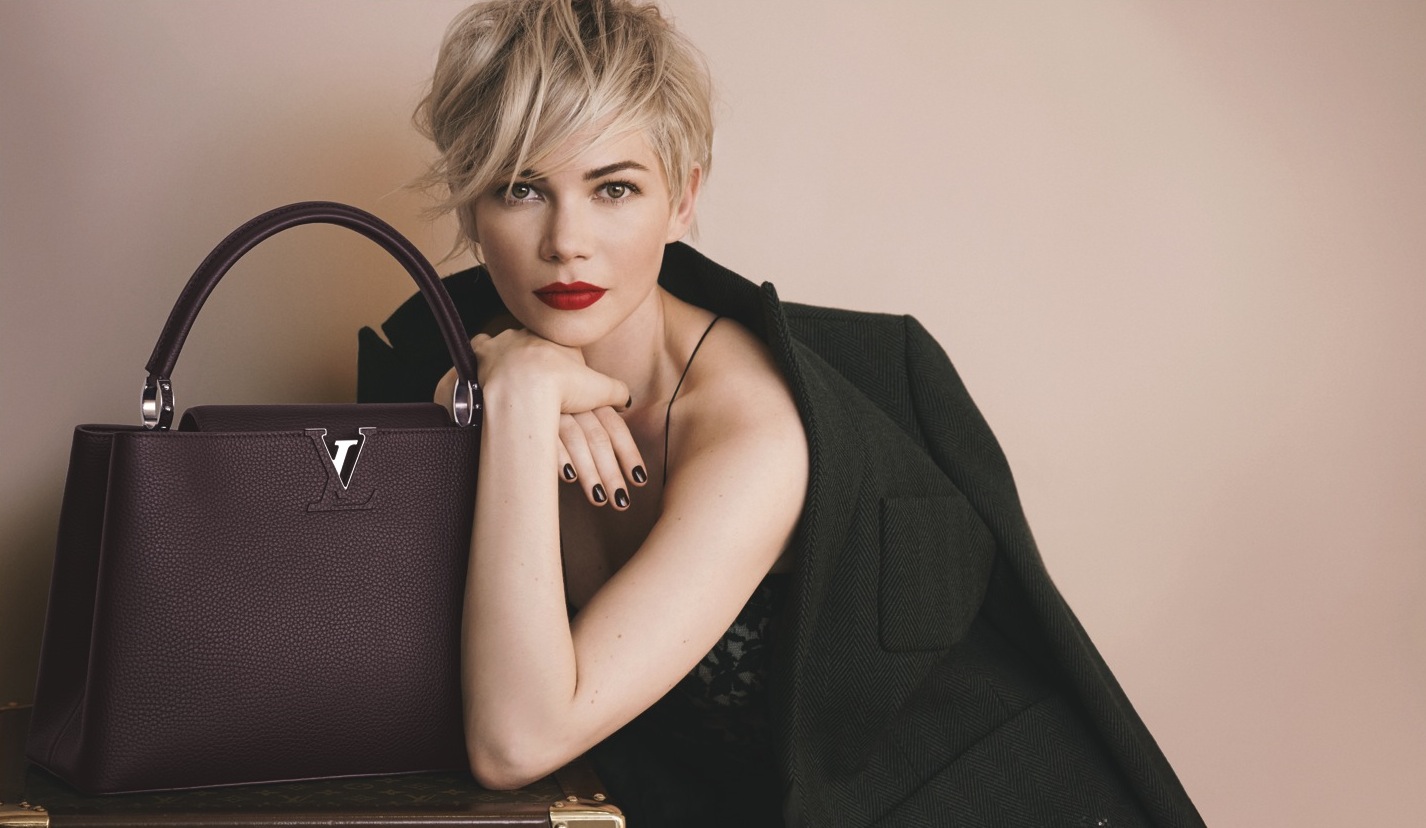Q2 results from LVMH, Richemont and Kering confirm slowing growth in China, but herald optimism for Japan and North America

Q2 results from LVMH, Richemont and Kering confirm slowing growth in China, but herald optimism for Japan and North America
Q2 results from LVMH, Richemont and Kering confirm slowing growth in China, but herald optimism for Japan and North America
“It’s the new normal and we’ve budgeted for it,” explained Burberry CEO Angela Ahrendts to CNBC, speaking on the company’s recovery from China’s slowdown and crackdown on luxury gifting.
“It’s not just Burberry that was affected," she revealed at the Prorsum Spring Summer 2014 runway show. "I think Burberry’s the only one who was transparent and open about it, but the entire sector was affected.”
Though comparatively, Burberry has been one of the least affected during the period of April – June 2013.
Retail revenues rose 18% driven by robust demand for spring/summer fashion. “Spring/summer 2013 was a standout season driven by innovative marketing,” explained Angela Ahrendts. Sales of outerwear and large leather goods accounted for over half the growth, while men’s accessories and tailoring outperformed.
By region, the group saw double-digit comparable store sales growth in Asia Pacific, driven by Hong Kong and Mainland China, and the Americas and high single-digit growth in the Europe, Middle East, India and Africa (EMEIA) division (Reuters).
“ For the first time since H1 2012, LVMH’s fashion and leather division reversed a decline in sales ”
‘The New Normal’ may just be the best way to describe future growth in the luxury industry, as it stabilises in the single digits to early-teens, after several years of ballistic double-digit increases.
Sales at luxury goods group Richemont grew modestly, rising 9% in the five months through August, just shy of analyst forecasts. The Swiss-conglomerate cited weak demand for its watches in Mainland China, despite strong jewellery sales in the Americas.
LVMH reported a second-quarter organic revenue increase of 9%, more than the first-quarter’s 7% gain. The French conglomerate revealed in a statement that it “continued to grow in Europe” and enjoyed “sustained momentum in Asia, the United States and Japan.”
For the first time since H1 2012, LVMH’s fashion and leather division reversed a decline in sales, where revenue in the H1 2013 reached 5% on a like-for-like basis, up from 3% in the first quarter. Yet analysts remained concerned that Louis Vuitton – which accounts for nearly half of LVMH’s operating profit and three-quarters of fashion and leather revenue – has grown so big that there is little growth left ahead.

Louis Vuitton’s new Capucines handbag
H1 luxury sales at Kering rose 9.4% on a comparable basis, exceeding the previous quarter’s 6.4% increase. The conglomerate attributed the increase to a European “rebound” in the second quarter, driven by stronger local and tourist demand.
Japan was also a source of buoyant business, where shoppers spent their money at home, partly because of the weak yen (Reuters).
H1 net revenues at The Prada Group – led predominantly by the Prada brand – increased by nearly 15% at constant exchange rates, driven by 18.7% and 15.9% increases in Asia Pacific and the Americas respectively.
As was the case at Kering, Prada enjoyed accelerated sales in Japan in the second quarter, where revenue grew 16.4% at constant exchange rates. Though the on-going weakness of the Yen meant that Euro revenues actually fell.
“ Japan was also a source of buoyant business, where shoppers spent their money at home, partly because of the weak yen ”
Hermès performed in a similarly optimistic fashion, as business picked up in the second quarter thanks to strong sales in Europe and the Americas. Sales in the second quarter increased 12%, boosted by booming sales of its ready-to-wear and fashion products (WSJ).
The maker of iconic Birkin bags said demand in the Americas jumped in the second quarter, with sales up 22% at constant exchange rates. In Europe, revenue rose 15% over the period, stripping out currency variations. Asia – excluding Japan, which makes up around one third of revenue – posted a 16% rise in sales, somewhat defying expectations of a deceleration.
Across the board, mid-2013 results highlighted some key commonalities:
– North America and Japan continue to drive luxury goods revenue growth
– The weakness of the Japanese Yen is driving local consumption of luxury goods
– Luxury consumption in Europe continues to be driven by tourists
– Growth in China is beginning to normalise, if not slow
Such sentiments are largely in tune with Bain & Co’s forecast that luxury goods growth worldwide would cool to 4 -5% in 2013, from 5% in 2012 at constant exchange rates.
Echoing the experiences of conglomerates mid-2013, Bain predicted that high consumer confidence in the United States combined with store openings would help drive growth in the region. It also saw a pick up in Japan, helped by its efforts to stimulate its economy.
To further investigate industry performance on Luxury Society, we invite your to explore the related materials as follows:
– Chinese Crackdown on Luxury to Drive Demand
– What Is Really Behind China’s Luxury Slowdown?
– Logo Driven Luxury Brands Look to Reduce Visibility










